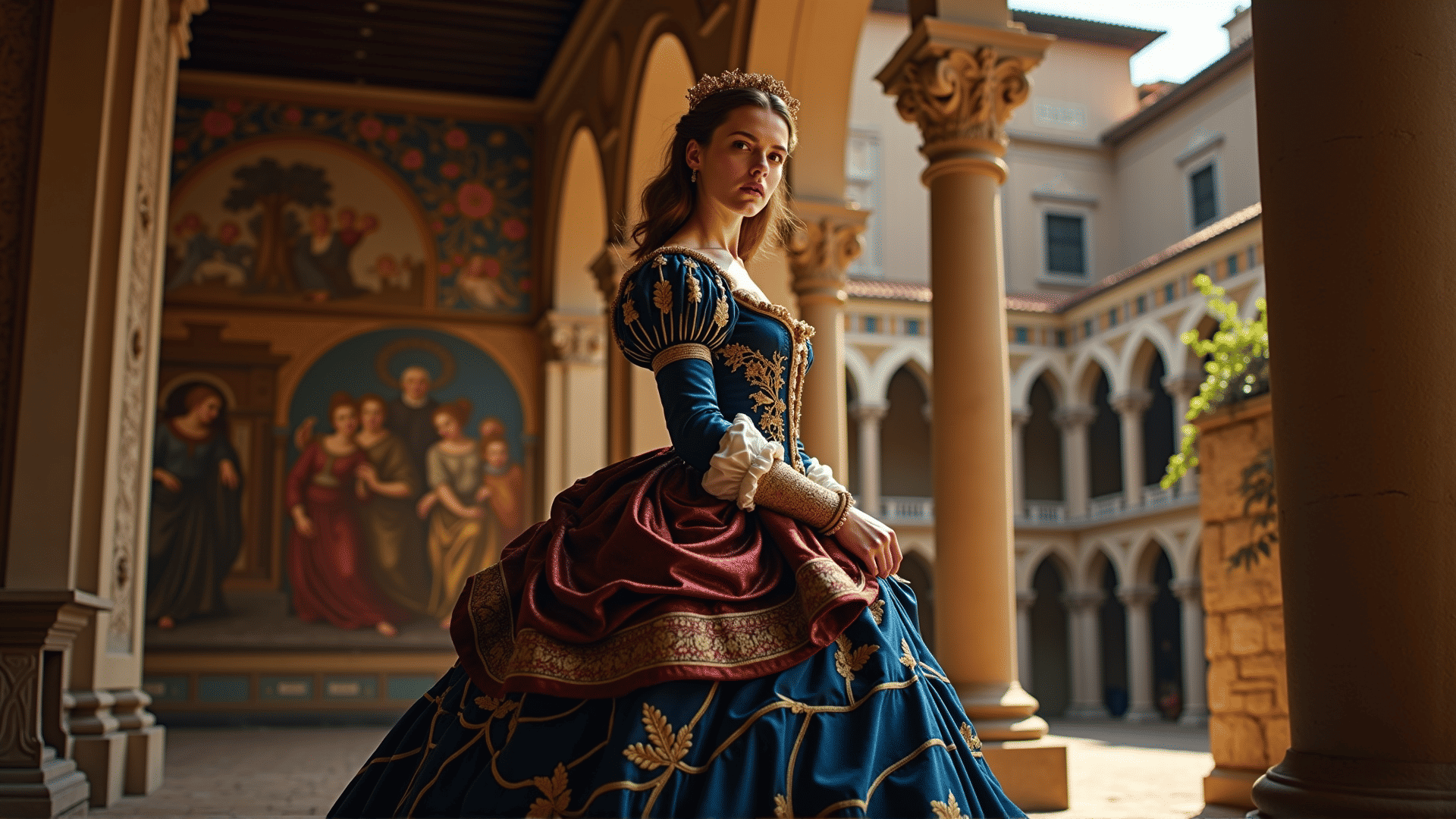The Renaissance, spanning from the 14th to the 17th century, was a period marked by a profound transformation in arts and culture. Originating in Italy, this era gradually spread across Europe, bringing about a revival in classical philosophies, literature, and the fine arts. This reawakening didn't just reshape visual art forms and intellectual pursuits; it significantly influenced how people expressed themselves through attire, reflecting the dynamic shifts of the time.
During the Renaissance, artists and thinkers sought to reestablish connections to the classical world of Greece and Rome. This was evident in the art and architecture of the time, which emphasized balance, proportion, and perspective. Figures like Leonardo da Vinci, Michelangelo, and Raphael set new standards in artistic achievement. They embraced a more naturalistic approach, depicting the human body in realistic detail and embedding narratives that emphasized human emotion and experience.
The world of attire mirrored these changes. People began to embrace more vibrant hues, drawing inspiration from the artworks around them and the renewed appreciation for life and beauty. The availability of new dyes and the introduction of luxurious materials like silk and velvet transformed attire into an art form. The societal elite often donned richly decorated attire, embellished with intricate embroidery, which signaled not only wealth but an appreciation for the blooming arts.
The development of new weaving techniques allowed for a wider range of textures and patterns. Attire during this time was not only about covering the body but also about displaying wealth, sophistication, and a connection to humanistic and classical ideals. Silhouettes changed as well — women's and men's attire became more elaborate, with puffed sleeves, ruffles, and elaborate headpieces becoming the norm.
This cultural flourishing also affected social norms and behavior. Knowledge of classical texts was considered crucial, leading to an increased focus on education and etiquette. Artistic patronage by prominent families, such as the Medicis in Florence, played a critical role in nurturing this environment of cultural expansion.
The legacy of the Renaissance continues to influence contemporary culture. Its emphasis on human potential and the pursuit of intellectual and artistic excellence laid the groundwork for modern Western thought. Today, we still draw from the Renaissance's rich pool of innovation, creativity, and discovery, celebrating the profound ways in which it reshaped human expression and understanding.
In conclusion, the Renaissance was more than just a period of artistic achievement; it was a movement that brought about a cultural reawakening. This era encouraged a closer look at what it meant to be human, reflected through the renewed appreciation for the arts and personal expression in every facet of life. As we appreciate this era, we recognize the transformative power of creativity and exploration, a testament to the enduring spirit of the Renaissance.
